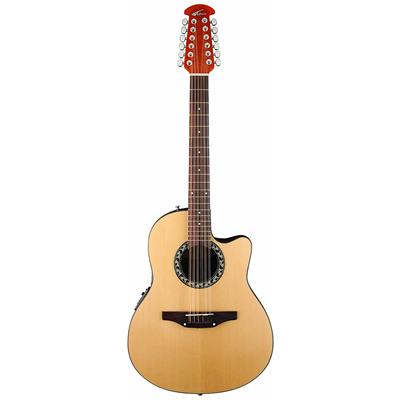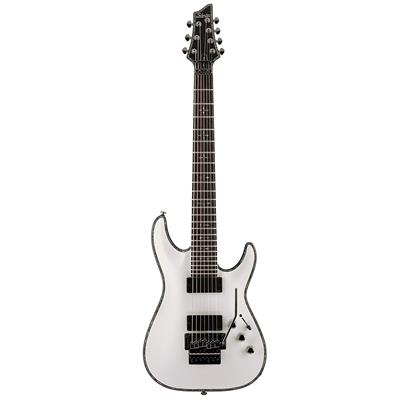| Build Quality: |  |
| Hardware: |  |
| Electronics: |  |
| Sound: |  |
| Value: |  |
| Average: |  |

Pros:
- Amazing sound quality
- Four channels with separate inputs
- Extensive set of features
- Can be utilized with multiple units simultaneously
Cons:
- The mains lead is attached to the amp and is not removable as it would be with a kettle plug
- The knobs do not seem to be well-secured
We all know how hard it is to purchase all the necessities. Each and every instrument requires dedicated gear, which sucks, but there is nothing that can be done. The only thing that makes up for all the money we spend on musical apparatus is the ultimate result we receive. As you get more professional and get yourself a specific amplifier for your keyboards, your game changes drastically and your performance improves significantly.
I guess sometimes you have to be extra and sophisticated to create spectacular pieces. Even though there are numerous different options available on the market, today we are going to single out Roland KC-550. This relatively affordable combo does truly have it all. If you want to find out what the hell this means, just keep on reading!
Features
If you paid attention to the whole title, you would already guess how extensive and overarching the feature set of this amplifier will be. It is designed with the consideration of keyboards, meaning that everything it possesses is tailored to this instrument. Roland KC-550 can create an output of 180 watts, providing you with hell of a power. It has a single 15” (38cm) speaker with a horn/tweeter, contributing to the clarity and depth of your sound.
This bad boy is configured in a four-channel design, some of which have extra features to guarantee maximum precision. Moreover, the package includes an accurate EQ section which is paired with the ability to adjust the shape of your frequencies. This way you can create an articulate and tailored tone that has everything in the right places. Roland KC-550 can be connected with the subwoofer in order to improve bass response and add some low-end to the rest of the range.
And to make everything even more interesting, this amplifier is equipped with stereo functionality. To achieve such a result, you simply have to connect it with the unit of the same ilk and you will be left with an amazing combination of sonic possibilities. There is a lot going on in terms of sockets and connections: the front panel features headphone output, while the rest is jammed on the back. On the rare panel, we have two instrument inputs for CH1 paired with the XLR input for the mic, while the rest of the channels have double sockets for keyboards, sound modules and any other devices. Then we have Line Out connectors with XLR and TRS ¼” outputs for plugging in the recording devices, Stereo Link sockets for stereo functionality, Subwoofer output and two auxiliary inputs for external audio sources.
Controls
As you take your first look at the control section, you might be awed by what is offered. Everything seems a bit too much, however, in reality, all the knobs have their own job to take care of and their functionalities are easily understandable. Let’s move on and see, what exactly these controls can do and whether they are truly complicated or not.
The front panel starts with the channel dedicated encoders. CH1, CH2 and CH3 feature single knobs that modify the volume level of the channels (and the mic in the case of the first channel). CH4 has two knobs, the Line has the same functionalities as the ones I have just mentioned, while Output SEL allows you to choose the output to which the signal will be sent.
It can be either headphone, headphones + internal speakers (A) or headphones + internal speakers + line outs (B). Moving forward, we have a Volume knob that affects only the headphone output and sets its level to the desired settings. Then we have the typical EQ knobs, namely, Low, Middle and High, the functionalities of which are self-explanatory. Things get a bit more interesting with the Shape switch that can boost upper or lower frequencies and add some clarity to your overall tone. And lastly, we have the Volume knob, which acts as master control and modifies the overall output of the amplifier. Not so bad, am I right?
Roland KC 550 Sound
As with all the musical apparatus, there are several things that matter the most. Yeah, we all pay attention to the build quality and all that jazz, but at the end of the day, what we care about the most are sound and features we have on hand. Since we have already discussed the latter, I want to move on to listing down all the qualities the sound of Roland KC-550 possesses. It has richness, depth and extensive sonic scope which gives you a lot to work with. The tone is clean and defined, saturated with clarity and a distinctive feel – exactly what you would expect from a 15” speaker and a tweeter.
However, the great thing about the sound of this combo is the ability to enhance its capabilities with various connections. As you connect a subwoofer, you are left with a thick and punchy low-end that fills the body of your sound perfectly. The stereo functionality is amazing as well, but probably most of you would not splurge on two KC-550s. But the abundance of channel inputs allows you to pair this amp with other devices and utilize these channels simultaneously. This way you can layer interminably and receive spectacular results.
Conclusion
If you own keyboards and want them to shine and display all the good qualities, Roland KC-550 is the way to go. Though it is not the most affordable option out there, the features it has and the sound it can create make it worth the splurge. Even a glance at the capabilities of this amplifier is enough to understand what you are dealing with. But if you are still hesitating, you only need a pair of ears and the internet to listen to the demos. No matter how many pages I write about Roland KC-550, there is no way you will hear its tone through the words. Wish you good luck, my friend!
Click here to view more from 5 Best Keyboard Amplifiers.






